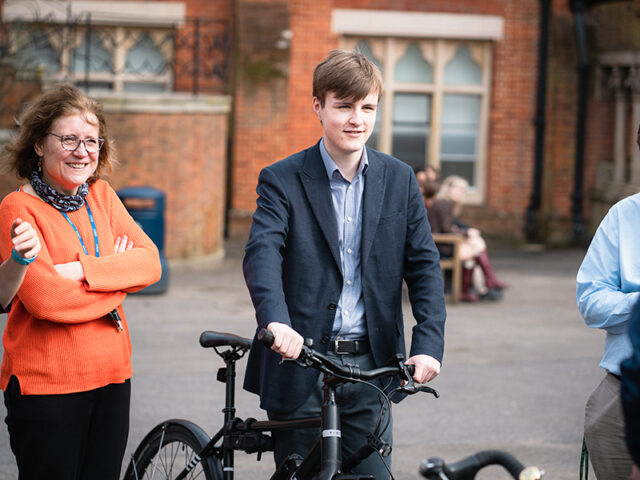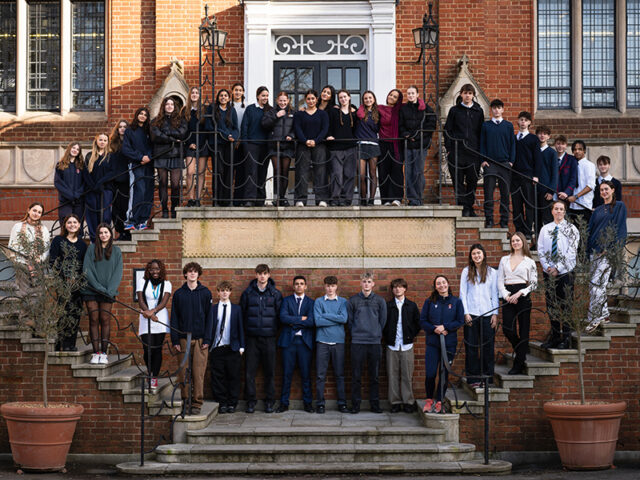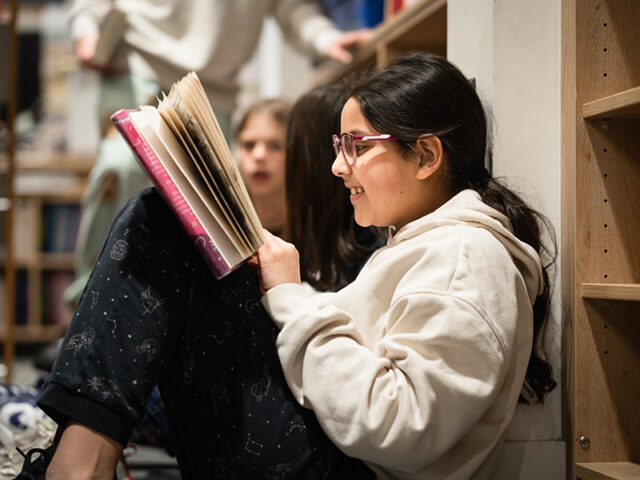The dramatic scenes in April, of the burning spire of Notre Dame Cathedral, reminds us of our School chapel’s connection to the great Paris edifice.
In 1844, the 30-year old architect, Eugene Viollet-le-Duc was commissioned to repair Notre Dame’s medieval structure after years of neglect, exacerbated by storm damage and Revolutionary destruction. His 91-metre, four-sided triangular lead-covered oak fleche with an arrow pointing to heaven, set on an octagonal base, was considered innovatory, but still referred to the 1186 will of the Bishop of Paris who had left money for a spire.
The architect of our Crawley Chapel was Frederick Pepys Cockerell, who had studied architecture in Paris and become a friend of Eugene Viollet-le-Duc’s; indeed he was due to dine with Eugene, in November 1878, when he died suddenly. Several French architects were at his funeral and he is buried at the Auteuil Cemetery, in Paris. Our School’s fleche is an homage to Cockerell’s friend.
The Highgate Parish Magazine commented on the inauguration of our School chapel on 29 May 1867: “The edifice itself is a very comely structure of red brick, pointed with Ancaster stone, and harmonising well with the other buildings of the group. It is in the Early Pointed Style……..the general effect, both within and without is extremely pleasing”.’
A massive fire engulfed Notre Dame, in Paris, on 15 April, destroying the medieval building’s spire and roof. French President Macron has vowed to reconstruct the famous landmark, with a number of companies and business tycoons already pledging millions towards the restoration.





